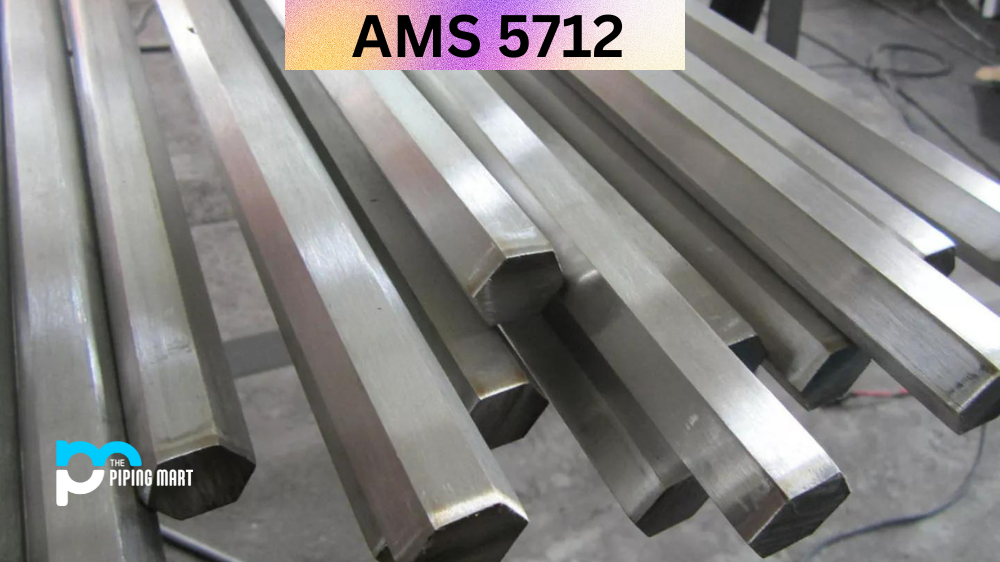AMS 5889 may sound like a complicated technical term, but it’s a crucial material used in various industries worldwide. This material is known for its excellent corrosion resistance, high strength, and durability, making it an ideal choice for harsh environments. In this blog post, we’ll discuss everything you need about AMS5889 to help you understand its composition, physical properties, mechanical properties, uses, hardness, and heat treatment.
What is AMS 5889?
AMS 5889 (also known as Inconel 617 Alloy) is a specification that outlines the requirements for nickel-iron-chromium-molybdenum alloy used in gas turbine engine combustors. This specification includes the alloy’s chemical composition, mechanical properties, heat treatment, and test methods. It is essential to meet the AMS5889 requirements to ensure the alloy’s performance under extreme conditions and prevent any failures that may potentially endanger the operators and the equipment. Therefore, strict adherence to this specification is crucial in the production of the alloy and in maintaining the safety and reliability of gas turbine engines.
What Forms Is AMS 5889 Available at Piping Mart?
- Nut
- Bar
- Bolt
- Pipe
- Screw
- Tubing
- Valves
- Washers
- Flanges
- Fasteners
- Electrodes
- Stud Bolts
- Sheet Plates
- Pipe Fittings
- Forged Fitting
- Instrumentation Fittings
AMS 5889 Composition
AMS 5889 is an austenitic stainless steel alloy that contains chromium, nickel, and molybdenum. It also contains traces of other elements like nitrogen, manganese, and silicon. The specific composition of AMS 5889 may vary, depending on the manufacturer, but the essential ingredients remain the same.
| Elements | Content (%) |
|---|---|
| Nickel, Ni | 48.85-62 |
| Chromium, Cr | 20-24.0 |
| Cobalt, Co | 10-15 |
| Molybdenum, Mo | 8-10 |
| Manganese, Mn | ≤ 1 |
| Silicon, Si | ≤ 1 |
| Carbon, C | ≤ 0.15 |
AMS 5889 Physical Properties
AMS 5889 has excellent physical properties, making it a preferred choice for many industries. The density of AMS 5889 is 7.8 g/cm³, with a melting point of 1400-1450°C. It also has a high thermal and electrical conductivity, making it ideal for applications that require good heat transfer and electrical properties.
| Properties | Metric | Imperial |
|---|---|---|
| Density | 8.3g/cm³ | 0.302 lb/in³ |
| Melting point | 1363°C | 2485°F |
AMS 5889 Mechanical Properties
AMS 5889 is known for its high strength and excellent corrosion resistance. It has a tensile strength of 690 MPa, yield strength of 310 MPa, and an elongation of 60%. It also has excellent fatigue resistance, ideal for repetitive loading applications.
| Properties | Metric | Imperial |
|---|---|---|
| Tensile strength | ≥ 485 MPa | ≥ 70300 psi |
| Yield strength | ≥ 275 MPa | ≥ 39900 psi |
| Elongation at break | ≥ 25% | ≥ 25% |
| Hardness, Brinell | 170 | 170 |
AMS 5889 Equivalent
- DIN 2.4663
AMS 5889 Uses
AMS 5889 is widely used in various industries, including aerospace, automotive, and chemical processing. It is frequently used in applications that involve exposure to high temperatures, harsh chemicals, and highly corrosive environments. Typical applications include fuel tanks, exhaust systems, heat exchangers, and chemical processing equipment.
AMS 5889 Hardness
The hardness of AMS 5889 varies depending on the heat treatment and manufacturing process. It can range from 150-220 Brinell, making it a rugged and durable material that can withstand wear and tear.
AMS 5889 Heat treatment
AMS 5889 can be heat-treated to enhance its properties further. It can be annealed, quenched, or tempered to achieve specific mechanical properties. The proper heat treatment can improve the corrosion resistance and toughness of the material and make it more suitable for particular applications.
Conclusion
In conclusion, AMS 5889 material is a high-strength, corrosion-resistant austenitic stainless steel alloy widely used in various industries requiring durable and wear-resistant materials. When selecting a suitable material for specific applications, it is essential to understand its composition, physical properties, mechanical properties, uses, hardness, and heat treatment. If you need a material that can withstand harsh environments and extreme conditions, consider using AMS 5889.

Pipingmart is a B2B portal that specializes in metal, industrial and piping items. Additionally, we share the latest information and information about materials, products and various types of grades to assist businesses that are involved in this business.




